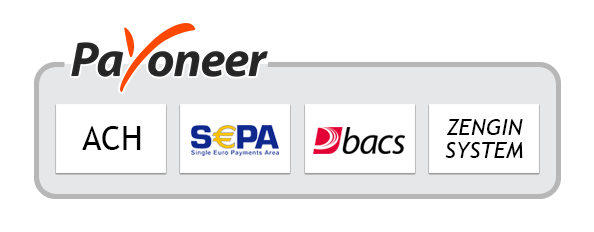A tampon among the type of feminine hygiene product that is designed in order to grip the menstrual flow. Once used correctly a tampon is held in stationary place by the vagina and expands when it soaks up menstrual outflow blood. Mainly tampons are made of rayon or sometimes a blend of rayon and cotton. The tampons are available in several absorbency ratings, such as junior/light absorbency: 6 g and under, regular absorbency: 6–9 g, super absorbency: 9–12 g, super plus absorbency 12–15 g, and ultra-absorbency 15–18 g. Rising awareness among the female population regarding personal hygiene has resulted in higher adoption of different personal hygiene products over time.
There are several countries that regulate tampons as medical devices. In the US, it is considered as Class II medical device by the Food and Drug Administration (FDA) and sometimes used for hemostasis in surgery
Tampon pros:
- Allow swimming during the period.
- Nothing showing under clothing
- No bulky pads or liners to deal with.
- Internal so; no odor issues during use.
- Less bulk for carrying in the bag.
- Hold more flow than pads.
Tampons cons:
- They can cause Toxic shock syndrome (TSS)
- May lead to an increase in menstrual cramps.
- Can increase menstrual flow
- High risk of vaginal infections.
- Rayon brands contain harmful toxins which may be harmful
- Can be sometimes uncomfortable to use
- May cause discomforts if worn overnight while sleeping.
Rising demand for female hygiene products among the female population, drastically changing the lifestyle of women globally and rising awareness about personal health among the female population are the major driving factors drive the demand for tampons among the female population. In addition, menstrual health management, Puberty education, community influencers, sanitation facilities, are some of the important factors that contribute to the rising awareness about menstrual health of women.
The tampons are available with the applicator and without an applicator. The tampons are available via two distribution channel namely pharmacy and online sales. Based on geography, the market is segmented into North America, Europe, Asia-Pacific, Latin America, and the Middle East and Africa
The demand for tampons is rapidly increasing from the female populations of North America, owing to the changing preferences of women toward personal care hygiene products. In addition, there is a higher demand for organic tampons and biodegradable tampons in the US. An increasing trend toward the adoption of tampons especially by working women is observed across the Asia Pacific and the Middle East. This is primarily attributed, raising awareness about menstrual via government initiatives and NGO’s. In addition, Focus on creating novel and innovative products that are organic and safe for women.
Major players profiled in the report include ELGA (Veolia Water Technologies), EPED, Merck Millipore, Thermo Scientific, Evoqua, Sartorius AG, Aqua Solutions, PURITE, Zeal Quest, ULUPURE, Chengdu Haochun, PALL, Aquapro, Biosafer, Hitech Instruments, and Aurora Instruments.
Discuss Your Needs With Our Analyst
Please share your requirements with more details so our analyst can check if they can solve your problem(s)





